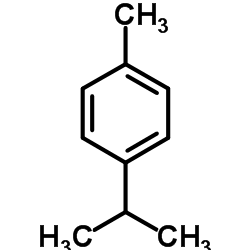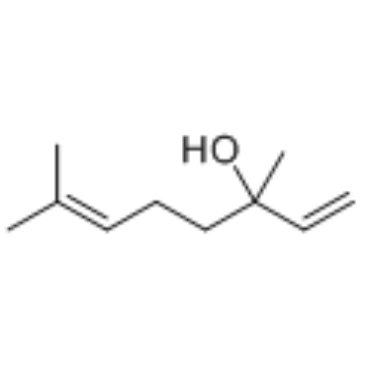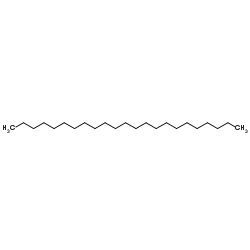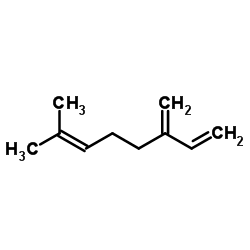| Structure | Name/CAS No. | Articles |
|---|---|---|
 |
p-cymene
CAS:99-87-6 |
|
 |
N-hexane
CAS:110-54-3 |
|
 |
Acetonitrile
CAS:75-05-8 |
|
 |
N-DOCOSANE
CAS:629-97-0 |
|
 |
triacontane
CAS:638-68-6 |
|
 |
(+)-Camphene
CAS:79-92-5 |
|
 |
(-)-Linalool
CAS:126-91-0 |
|
 |
Linalool
CAS:78-70-6 |
|
 |
Tricosane
CAS:638-67-5 |
|
 |
Myrcene
CAS:123-35-3 |